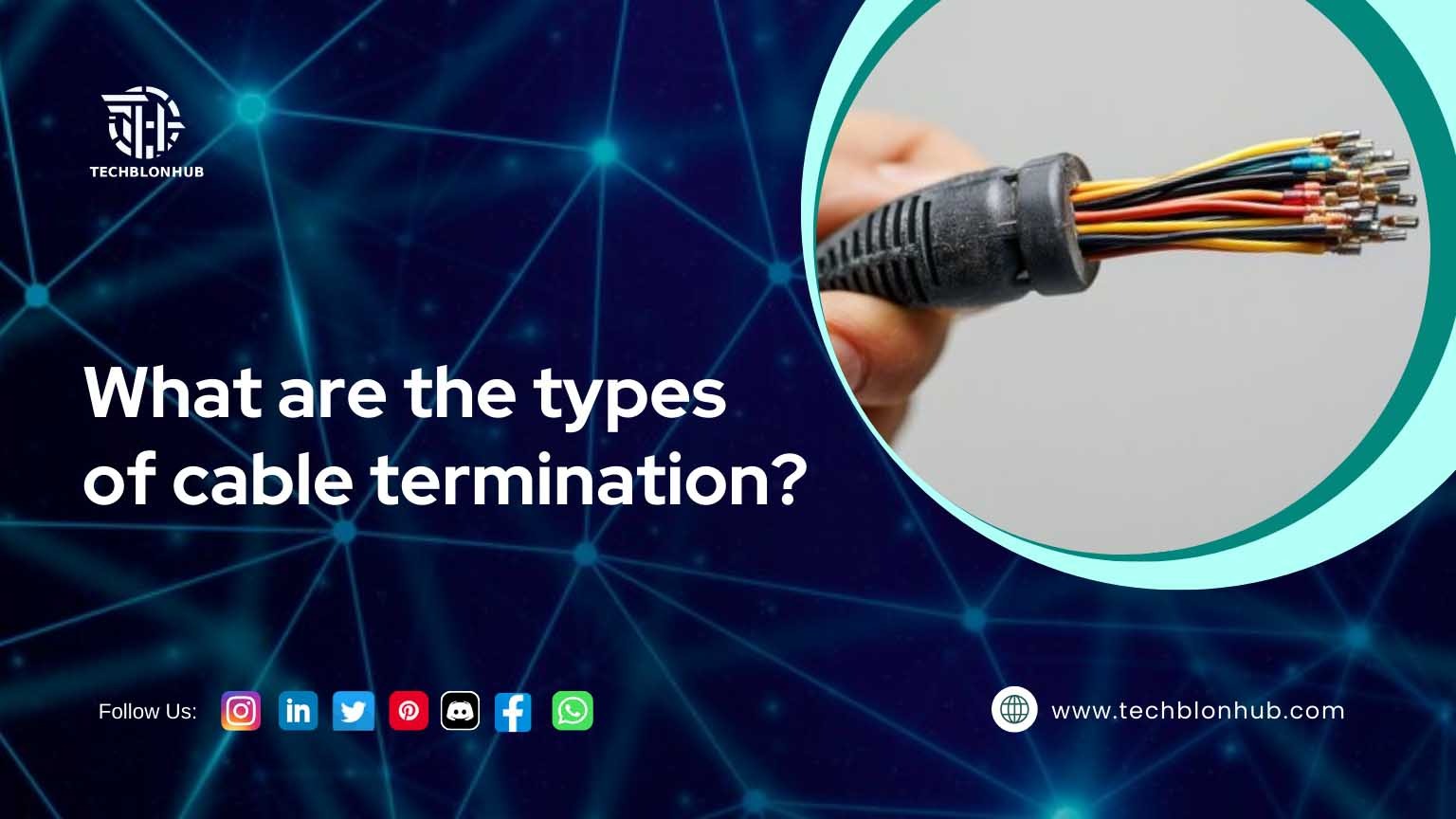
Everything that uses electricity to run consists of cable size, whether it’s your home, office, factory, industry, or others. Cables are used to power all the pieces of equipment safely and securely. Most importantly, cable size allows the free flow of electricity without any disruption, ensuring the proper functioning of the equipment.
If there are cable size in the pictures, the process isn’t complete without cable terminations. The term “termination” is often used negatively. But, with cables, termination plays an important role. With cable terminations, physical and electrical connections between the cable and the terminal of the equipment, junction, or another cable become possible. This connection facilitates the flow of electricity in the desired manner.
Ensure Proper Cable Connection
Keep in mind that you must identify and label all terminations to complete the cable connection properly.
Features of Good Cable Terminations
A high-quality cable termination should meet the following criteria:
- Compliance: The design and quality must comply with international standards.
- Ease of Installation: Look for cable termination kits that are quick and easy to install.
- Durability and Reliability: Ensure that the terminations undergo testing for both durability and reliability.
- Environmental Suitability: The cable terminations should function effectively, whether installed underground or overhead, even in cases of water stagnation.
- Reputable Source: Always purchase cable terminations from a reliable and reputable seller.
Types of Cable Terminations
Cable termination types vary across industries, as they address different challenges and function under various conditions. The types primarily depend on the technologies used to terminate the cables for optimal, long-term performance.
- Heat-Shrink Type
The components in heat-shrink cable terminations shrink when exposed to heat. This type of termination is commonly used for LV, MV, and HV power cables, both indoors and outdoors. Inside, you can use heat-shrink terminations to connect substation switchgear, transformers, and insulated cable boxes. Outside, they serve well in overhead and underground distribution lines.Benefits:- Excellent strength and durability
- High resistance to cracking, melting, or displacement when applied correctly
- Resistance to chemicals, solvents, and extreme temperatures
- Flexibility allows bundling of cables
- Cold-Shrink Type
In environments unsuitable for heat-shrink terminations, such as areas near gas pipelines, cold-shrink terminations offer a safer alternative. These terminations use specialized rubbers that expand easily at ambient temperatures but remain resilient under environmental stress. Cold-shrink terminations feature a removable inner support system to prevent them from shrinking before installation. Benefits:- Versatile use for onshore, offshore, indoor, and outdoor applications
- Resistance to UV rays, pollution, chemicals, and salt fog
- Durability in extreme hot and cold weather conditions
- More efficient installation, requiring less equipment
Preparing for Cable Termination
Before installing termination components, clean the prepared cable with a recommended cleaning agent and a clean cloth to remove dirt or contaminants.
Performing Cable Termination
To perform cable termination, strip the cable insulation and attach the terminal using a crimp tool. This tool crimps the terminal onto the cable conductor.
Tools for Cable Termination
Use the following tools for effective cable termination:
- Needle nose crimping pliers
- UR/UY/UG connector crimper
- Wire stripper (suitable for 22 to 24-gauge wire)
- Built-in side cutter
Methods for Cable Terminations
Common methods for terminating cables include soldering and crimping:
- Soldering: This method creates a strong, solid mechanical and electrical connection. Apply solder with a soldering iron, ensuring that the iron reaches a high enough temperature for proper liquid flow.
- Crimping: This method uses mechanical force to apply crimps around conductor ends, ideal for both solid and stranded conductors. Ensure you select the correct crimp size and tool to avoid poor connections from under-crimping or damage from over-crimping.
Cable terminations are crucial to establishing proper and strong electrical connections. So, you should consider the right cable termination type and use the right tool for the same.
What is antivirus software? Why is it necessary to have antivirus for my business?
